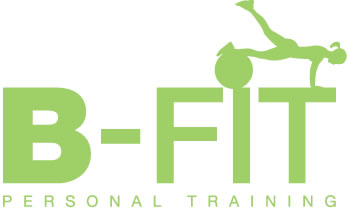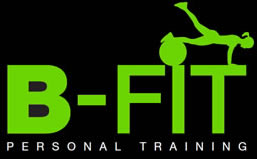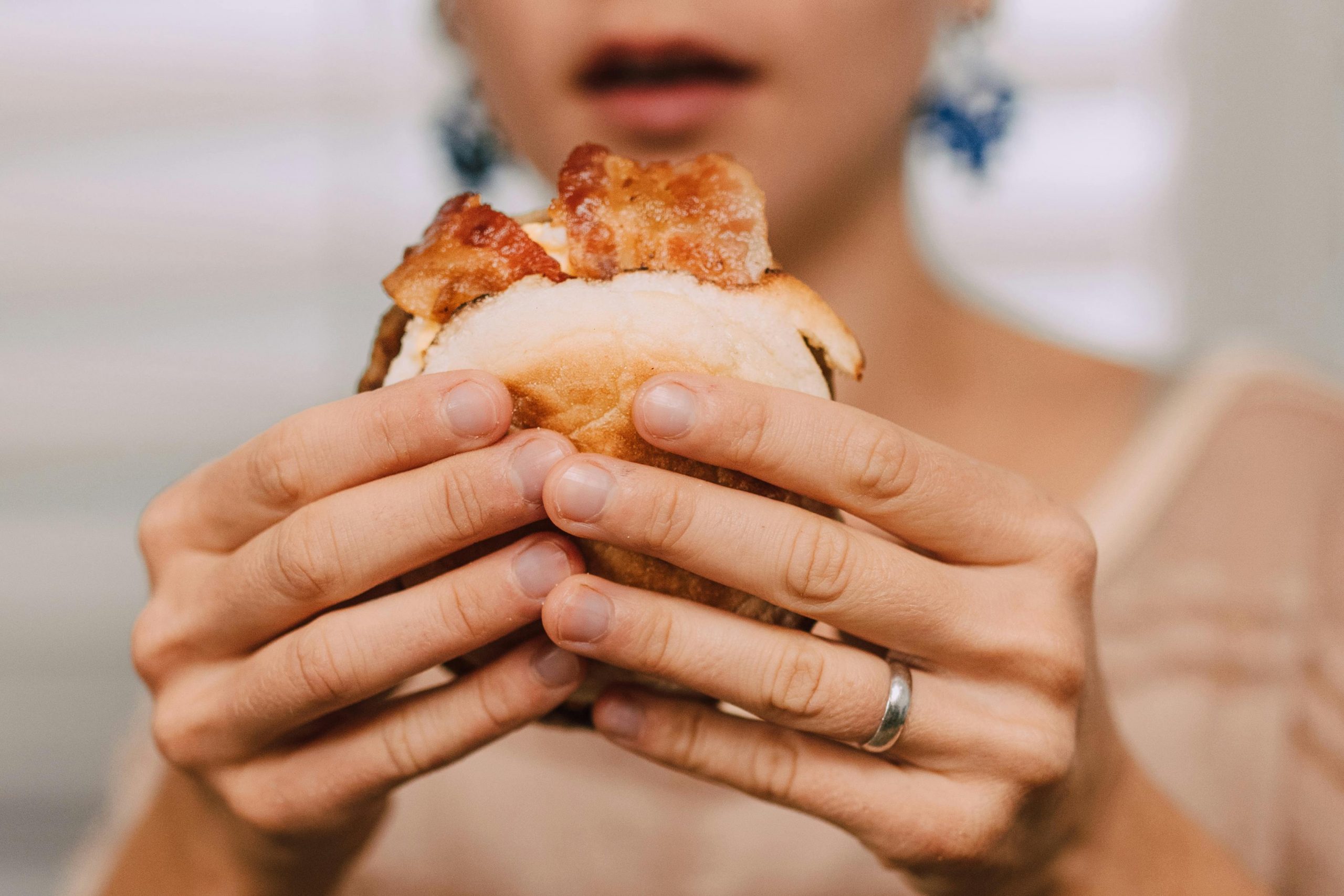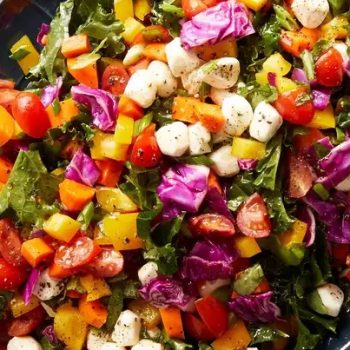Those of us experiencing perimenopause can attest to the fact the hormonal swings can be challenging, especially when they manifest as various physical and emotional symptoms, one of the most common being intense and uncontrollable food cravings. And far more often than not, those cravings will be for unhealthy or high sugary/fatty and refined carb-laden foods that can be so intense, it can feel nearly impossible to resist. But understanding why these cravings occur and how you can easily manage them can make a huge difference in maintaining both your physical and emotional wellbeing, which is why by the end of this blog, you’ll have all the tools you need to regain control of your intense desires for crisps, choccie and wine.
Why Cravings Exist
Basically, during perimenopause our bodies experience significant shifts in our hormone levels, mainly involving oestrogen and progesterone. When these hormones fluctuate, they can affect your brain’s hunger and satiety signals, which can make you more prone to cravings. For example, a drop in oestrogen levels can trigger an increase in appetite and a preference for sugary or fatty foods. Similarly, changes in progesterone levels is what causes irrational anger and mood swings, which can also trigger cravings if you’ve been known to comfort eat or self-soothe with food.
Perimenopause is also associated with changes in insulin sensitivity and blood sugar regulation. When our blood sugar levels fluctuate, they can lead to intense cravings for quick sources of energy, like sweets and ultra-processed foods. So, it’s no surprise that we can find ourselves reaching for sugary snacks or processed foods as an easy way to stabilise blood sugar levels, especially if you’ve been caught out when you’re out and about. And because our metabolisms naturally slow down during perimenopause, our bodies are less efficient at processing the food that we eat, which can lead to sensations of hunger even when the body doesn’t require feeding. Cravings can also be triggered as the body attempts to maintain energy levels.
When it comes to emotions, many women also experience sleep disturbances, hot flushes/night sweats, panic attacks, intense anger and anxiety, which can also contribute to heightened stress levels and drops in leptin (the satiety hormone), which means you’ll feel hungry more and reach for your favourite comfort foods to provide a sense of relief. However, this can also fuel a repetitive cycle of cravings.
OK, so now that you know why your cravings happen, let’s get into the practical strategies you can use to both manage and reduce your cravings with the intention of releasing your body’s addiction to them for good.
Practical Magic
One effective way to curb your intense food cravings is by practicing portion control — plus QUALITY control. So for instance, instead of buying large family packs of crisps or a large bar of Galaxy or Dairy Milk, opt for a small packet of lentil or vegetable crisps. Even better, you could swap the crisps for celery or carrot sticks with some organic hummus or a large bar of organic dark chocolate with at least 80% cacao (you can then divide the chocolate into smaller portions of 4-cube strips and wrap them in tin foil for future snacking). Using this approach will help you to satisfy the craving by getting a taste without overindulging. And by making portion and quality control a new habit, you can always enjoy the foods you love without the guilt and beating yourself up afterward.
However, creating new habits that are completely different to your usual routine can really help you switch things up when it comes to battling food cravings. That’s because cravings can sometimes be more psychological rather than physical. When you feel a craving coming on, try distracting yourself by doing something that engages your mind, like taking a walk, singing a favourite song or observing nature. Engaging in an activity that takes your mind off food can help you resist the urge to indulge. And the best thing is that you only need to take action for just 30 consecutive days in order for it to become a new habit.
Your cravings can also often by driven by the familiar tastes of sugar, salt and fat. To break this cycle, you can start experimenting with new flavours in your cooking and explore new spices, herbs and citrus fruits. Each day for 30 days, you could try cooking with lemon, garlic, turmeric, chilli or other spices/herbs to add excitement to your meals without relying on unhealthy ingredients. And luckily, there’s a wealth of recipe resources available that can provide plenty of inspiration, including HERE. Also, if you include some protein in each meal, this will help to stabilise your blood sugar levels and keep annoying cravings at bay. Protein-rich foods, including organic and grass-fed meats, organic eggs and organic pulses like black beans and chickpeas can help to keep you feeling fuller and more satisfied for longer periods, thus reducing the likelihood of you reaching for an unhealthy snack.
And speaking of snacks, make sure that those you do consume are of the healthier variety, so that you can combat any cravings in a more mindful manner. For example, on a Sunday, you can cut up a few organic carrots into sticks and keep them in a sealed container in the fridge so that you have some crunchy nutrient-rich snacks during the week. You can also have organic dried fruit and nuts on hand to combat any sweet cravings and boost your protein to keep you fuller for longer. Or alternatively, always have some organic popping corn in the cupboard, so that you can pop a few kernels in coconut oil, sprinkle with some Himalayan salt or organic cacao powder and kick your craving out the door with a couple of handfuls of crunch.
Finally, you could always teach yourself how to wait the craving out. Cravings themselves usually only last up to an hour, most times even less. So, when you feel a craving coming on, simply remind yourself that this feeling shall soon pass — and have a glass of water to stay hydrated, which can also work to curb your appetite. Practicing mindfulness techniques like taking deep box breaths (counting 4-8 on the inhale, holding for a count of 4-8, exhaling for a count of 4-8 and holding for 4-8 before repeating the process up to 5-10 times) will also enable you to distract yourself in a better and healthier way until the craving subsides.
f you’ve been experiencing perimenopause food cravings, then you’ll know how much of a frustrating experience it can be. However, armed with the strategies outlined above, you’ll be able to easily manage them, as well as even reduce them, whether you use the portion control strategy, opt for healthier snacks like olives or organic homemade popcorn cooked in coconut oil. And remember, it’s about the baby steps you take to create progress, not perfection. So make sure to be kind to yourself during the process and don’t be afraid to seek support when needed — you can always give me a call / text on 07748 298728 or CLICK HERE for a FREE confidential chat if you need help with any health, nutrition and lifestyle-related issues. Either way, you’re now better equipped to handle cravings and take better control of your overall health during perimenopause.
Love, Gaynor x





